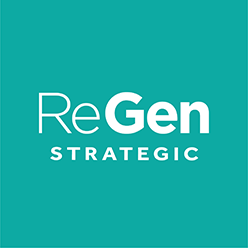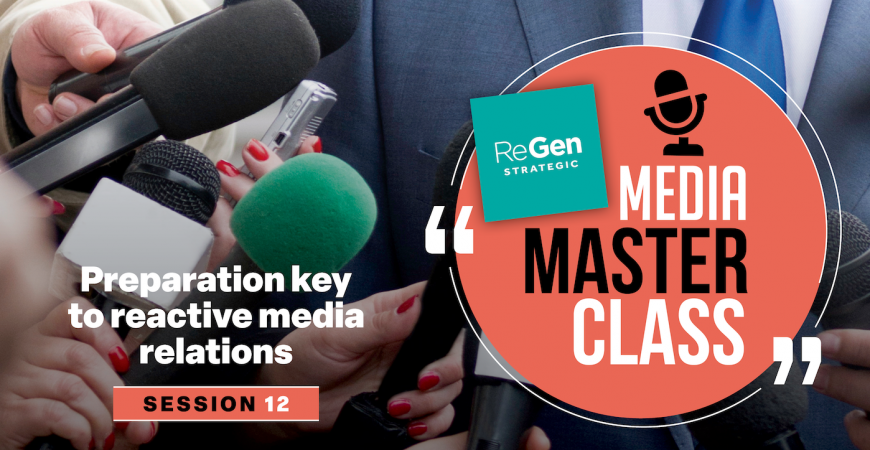Earning proactive media coverage is the gold standard for media strategy success, but being able to respond to the news of the day is also important.
This type of media engagement is typically referred to as reactive, because it’s initiated by the media rather than being something you’ve sought out.
Sometimes a journalist will ask you to respond to questions about your organisation, in which case you should consult your media protocols to see what to do next – assuming you have these in place already (if not, see an earlier article detailing why this is so important!).
At other times, an issue may have been raised in the media that is relevant to your organisation and a journalist might believe you have something to say about it – this is particularly the case for peak bodies or unions when an issue arises in their industry.
Getting the most out of reactive media
To get the most out of the reactive media, there are a few factors to consider.
The first of these is timeliness: if a journalist has come to you about an existing issue in the media, the window to add your perspective to the discussion is narrow.
Reactive media is almost always done on the same day the issue has been raised, as by the next day the news cycle has already moved on.
Having robust media protocols with multiple spokespeople available for comment at all times is one way to ensure you get an opportunity to add to the discussion.
Failure to respond in time to a story that concerns your company can result in a line at the end of a story to say that you were approached for comment. This is something journalists will include to suggest that your organisation declined to comment, which can imply that you have something to hide.
But while you need to be quick, it’s critical to be across what else has been said on the issue and get your facts straight. If you know you have a few hours until the deadline, spend some of that time catching up on the latest comments from other people or groups before issuing your own.
One way to get ahead of this is to be proactive and identify events that might trigger media interest in your organisation or your industry. For example, a controversial industrial development might have an approval deadline coming up. Or a court case your company is involved in might have a verdict date. Even in situations where you’d rather not attract any media attention, it’s better to be prepared to respond if approached rather than be caught flat-footed.
One of the most effective ways of preparing is to put together a question and answer document that includes likely questions the media might ask your organisation about a particular event or issue and what your response could be.
If a media protocol helps you plan how to respond to media enquiries, the Q&A document is an essential tool for knowing what to say on short notice.
Having a media relations expert prepare the document will increase its usefulness as they will have dealt with or worked in the media many times and have a better understanding of the questions that are likely to be put forward.
In a situation where your company has been contacted for comment, it is usually better to say something than nothing, but there are a few instances where not commenting is warranted, which an experienced media relations professional can help you identify. These can include when an issue is outside of your organisational scope; is currently before the courts; or may have legal risks or ramifications for your organisation.
Contact ReGen Strategic for expert guidance on taking advantage of reactive media opportunities as part of a broader media relations strategy, putting together a robust Q&A document for a specific issue, or to receive bespoke media training to improve internal capacity.
 ReGen Strategic
ReGen Strategic